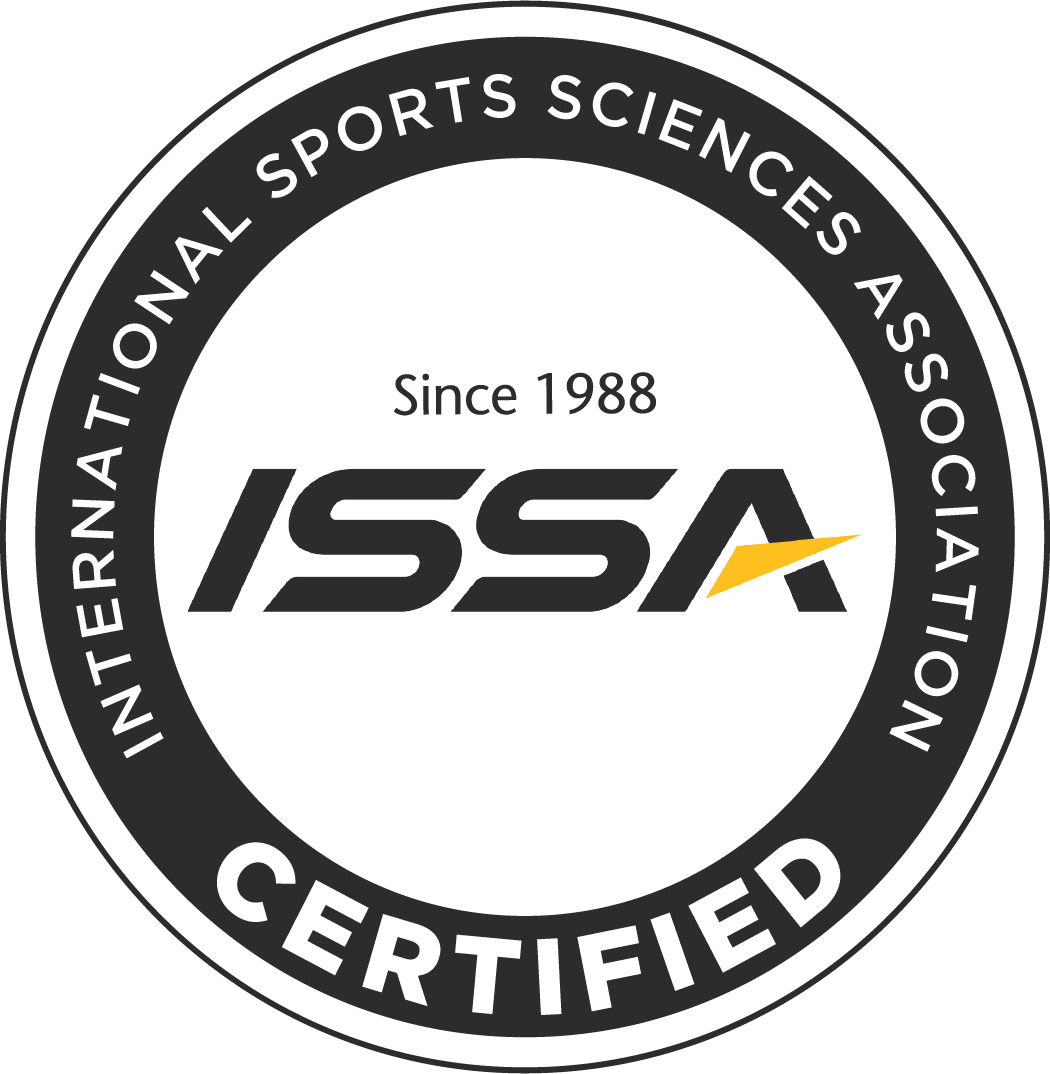
Just because it’s “silent” doesn’t mean it’s harmless.
Have you ever dealt with a chronic cough, hoarseness, or a lump-in-your-throat sensation that just won’t go away—yet your doctor says your stomach looks fine? You might be dealing with Laryngopharyngeal Reflux (LPR), often called silent reflux.
Unlike classic acid reflux (GERD), LPR doesn’t always cause heartburn. Instead, acid or pepsin (a digestive enzyme) from the stomach travels up the esophagus and irritates the throat, voice box, sinuses, or even lungs. And here’s the good news: nutrition can play a powerful role in managing flare-ups and helping you live a full, symptom-free life.
Let’s explore what LPR is, how it differs from GERD, and how to use nutrition to take control of your symptoms—without giving up on joy, food, or a healthy lifestyle.
LPR is a condition where acid, enzymes, or bile reflux past the esophagus and into the larynx (voice box) and pharynx (throat). This upper airway exposure leads to irritation, inflammation, and damage—even if you don’t feel “classic” acid reflux.
🛑 Common Symptoms of LPR:
Frequent throat clearing
Persistent cough or post-nasal drip
Hoarseness or voice changes
Sensation of a lump in the throat (globus)
Difficulty swallowing
Sore or burning throat (especially in the morning)
Bitter taste or chronic bad breath
Because LPR symptoms are often misattributed to allergies, sinus infections, or stress, many people suffer for years without a clear diagnosis.
| Feature | GERD | LPR |
|---|---|---|
| Primary symptom | Heartburn/chest discomfort | Throat irritation/cough/voice changes |
| Reflux direction | Stomach → esophagus | Stomach → esophagus → throat/voice box |
| Damage area | Lower esophagus | Upper airway (larynx, pharynx) |
| Acid level needed for damage | Higher | Even small amounts of acid or pepsin can cause symptoms |
Bottom line: You don’t need heartburn to have reflux.
Weak or relaxed upper and lower esophageal sphincters
Dietary triggers (acidic, spicy, or fatty foods)
Eating too close to bedtime
Overeating or fast eating
Chronic stress and tight abdominal posture
Alcohol, caffeine, and tobacco use
Silent inflammation and gut dysbiosis
The goal is to reduce irritation, minimize reflux triggers, and support digestive health—while still enjoying your meals.
Go alkaline and anti-inflammatory
Focus on foods with a higher pH (less acidic)
Prioritize whole, unprocessed, plant-based options
Eat smaller, more frequent meals
Large meals increase pressure on the stomach and LES (lower esophageal sphincter)
Time your meals smartly
Avoid lying down or sleeping within 3 hours after eating
Chew thoroughly and eat slowly
Reduces the load on digestion and helps prevent overproduction of stomach acid
Hydrate between meals—not during
Too much water with meals can dilute enzymes and increase pressure
| Food Category | Examples |
|---|---|
| Non-acidic fruits | Bananas, melons, pears, papaya |
| Low-acid vegetables | Broccoli, spinach, zucchini, sweet potatoes, squash |
| Lean proteins | Skinless poultry, fish, tofu, tempeh, lentils |
| Whole grains | Oats, brown rice, quinoa, millet |
| Alkaline snacks | Oatmeal, rice cakes with almond butter, smoothies with spinach & flax |
| Anti-inflammatory extras | Ginger, chamomile tea, aloe vera juice (unsweetened), turmeric |
🧘 Tip: Keep a food diary for 7–10 days to identify personal triggers and symptom patterns.
🚫 Common Triggers:
Citrus fruits (oranges, lemons, limes)
Tomatoes and tomato-based products
Vinegar, pickles, and fermented foods
Chocolate
Carbonated beverages
Coffee (even decaf for some)
Fried and fatty foods
Spicy peppers and hot sauces
Mint (can relax the esophageal sphincter)
Alcohol (especially red wine and spirits)
Every person is different—elimination followed by reintroduction under professional guidance works best for identifying your unique sensitivities.
| Meal | Example |
|---|
| Breakfast | Oatmeal with almond milk, banana slices, and ground flaxseed |
| Snack | Rice cakes with mashed avocado and turkey slices |
| Lunch | Grilled chicken with quinoa, steamed broccoli, and roasted sweet potatoes |
| Snack | Pear with unsalted sunflower seeds |
| Dinner | Baked white fish with zucchini, carrots, and wild rice |
| Hydration | Chamomile tea or filtered water (between meals only) |
LPR is manageable—and many people reverse their symptoms almost completely with diet, lifestyle, and consistency.
You can still enjoy food, travel, social events, and fitness. It just requires awareness, not restriction. And with the right plan, you’ll likely feel better than you have in years—with fewer sinus infections, better digestion, and more energy.
Elevate your head while sleeping (at least 6 inches)
Avoid tight waistbands and slouching after meals
Stay active—but avoid core-crushing moves right after eating
Manage stress—chronic tension can increase intra-abdominal pressure and worsen reflux
LPR can be scary, frustrating, and confusing—but it’s also an invitation to listen to your body and respond with nourishment, not punishment. With the right nutrition plan, mindful eating, and strategic lifestyle habits, you can quiet the reflux, restore your health, and live vibrantly.
At Thrive Intensity, I help women uncover their personal triggers, restore gut harmony, and rebuild confidence around food—so you don’t just manage your symptoms, you take control of your life.
Let’s build your LPR-friendly meal plan and symptom management strategy.
Book your free consultation by Clicking HERE
